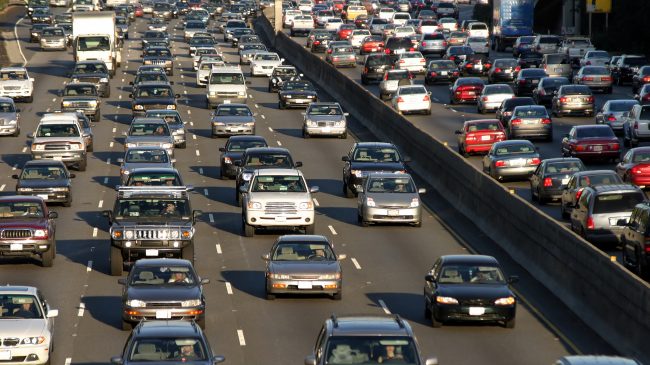It is commonplace to hear state and local leaders talk about deteriorating infrastructure. In Southern California, busy airports and gridlocked highways highlight the need to continue to expand and improve vital infrastructure that helps keep the economy moving and keeps the region competitive with other top areas. But instead of the tax and fee increases that are so often called for across the state, Southern California needs to improve its infrastructure in other ways.
Asset recycling is part of the answer. It involves leasing an existing piece of infrastructure — airports, toll roads, or wastewater systems — to a qualified private company. The company commits to rebuild and maintain the infrastructure for the life of the lease and it pays most or all of the annual lease payments to the local or state government upfront. Then the government entity recycles, or reinvests, that lump sum of money into new infrastructure projects it has needed and planned for but hasn’t had the money to build.
An upcoming Reason Foundation study finds asset recycling and long-term leases of America’s largest existing toll roads, bridges, airports, seaports, wastewater facilities, and university parking garages could generate $720 billion to $885 billion for state and local governments to spend on new infrastructure projects.
In Southern California, the largest and probably most attractive public-private partnership candidate would be Los Angeles International Airport (LAX), which is California’s largest airport and the fifth busiest airport in the world. The city of Los Angeles might be motivated to recycle this asset if the lease proceeds were large enough — in the tens of billions of dollars at a minimum. Ontario International Airport is also an up-and-coming facility that could benefit from world-class private management capable of improving it. The expected long-term population growth of the Inland Empire means private sector airport operators and airlines will be bullish on this airport’s future.
The Orange County Transportation Authority (OCTA) might take a look at a long-term lease for the 91 Express Lanes if the agency could use the proceeds for other needed infrastructure priorities that it can’t finance with its current funding sources. Likewise, if the Transportation Corridor Agencies (TCA), which operates State Routes 73, 133, 241 and 261, ever get permission to extend SR 241 south into San Diego County, leasing one of its existing toll roads might generate the resources needed to fund the expansions.
Few people question the need to invest more in vital infrastructure. However, governments at every level have struggled for years to keep up with the needs of a growing economy. California and its cities and counties have fallen far behind on even the basic maintenance and rehabilitation on existing infrastructure. Asset recycling helps with these basic maintenance needs because the long-term lease agreements include stringent performance requirements that require private partners to keep assets properly maintained, fully operational, and to return the assets in excellent condition at the end of the lease. Private operators are fully incentivized to make the types of basic maintenance investments that cities and states regularly postpone. The companies need to keep the infrastructure in top shape and keep customers happy so they can earn the return on their upfront investment, avoid any performance penalties, or risk termination of the concession and the asset returning to the state.
California’s infrastructure needs are large and expensive enough that it will take novel ideas to address them. Shifting non-taxpaying infrastructure assets, like toll roads and airports, into tax-paying entities will broaden the tax base and generate new revenue streams that support continued and reliable infrastructure investment. Arguably, no tool holds more promise than asset recycling in addressing America’s infrastructure deficit. It can and should be part of any plan to rebuild and modernize Southern California’s aging infrastructure. And instead of talking tax and fee increases, political and transportation leaders should be seeking solutions like asset recycling.
This column was originally published in The Orange County Register.

